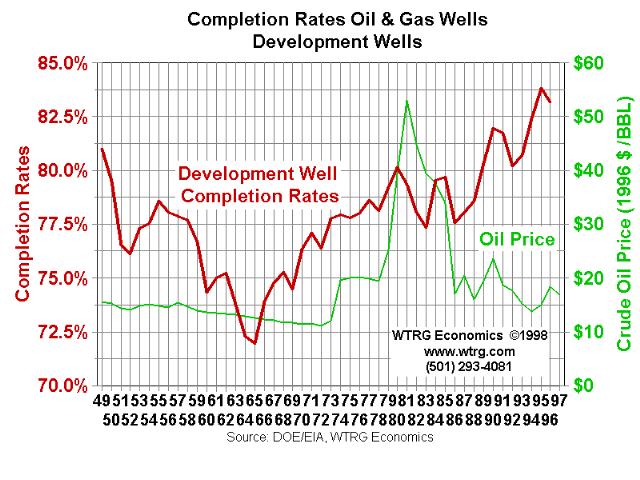

Here, a vertical well is drilled down first and then curved to a horizontal angle to reach underneath the unreachable areas. Some of the target reservoirs may be located beneath a park, residential areas, or city where drilling may be impossible or even forbidden. Listed below are several reasons for using horizontal wells when drilling oil and natural gas: 1. Horizontal drilling is used to reach targets lying below adjacent lands and can minimize surface-level disruption. When combined with hydraulic fracturing, it is estimated that horizontal drilling can cost many times more per foot than vertical drilling. Why Horizontal Wells are UsedĪlthough horizontal wells are expensive compared to vertical wells, they are preferred due to higher oil and gas production. The drill bit bending can be achieved using either hydraulic jets or by a computer using Global Positioning Systems (GPS) to determine the direction that the drill bit will follow in relation to the target oil or natural gas reservoir. Modern drilling methods allow the use of drill bits that can bend to achieve the required angle. With horizontal wells, the drill bit drills a path that changes from a vertical to a horizontal direction, and once the proper angle is attained, drilling continues in a fully horizontal direction. The process allows the drill bit to follow non-vertical directions and is different from the direction of the drill pipe. The mud powers the motor as it drills to the target area, automatically rotating the drill bit. The mud pump is a pumping mechanism that drills into the earth using a drilling fluid known as mud. Once the drill bits hit the target rock underneath, the attached drill pipe is withdrawn and replaced with a mud motor, which is attached to the drill bit. The process of drilling a horizontal well starts by drilling a vertical well. Horizontal drilling is preferred over vertical drilling due to its ability to access subsurface reservoirs that are not accessible from directly above.Horizontal wells are used in situations where the reservoir is abnormally shaped, or excavation is impossible.A horizontal well is a drilling technique that drills with an inclination of greater than 80 degrees to a vertical wellbore.With improvements in technology, horizontal drilling is now considered an effective reservoir-development technique, helping increase the production of oil and natural gas extraction in many places around the world. The technique became more prominent in the 1990s when Mitchell Energy began drilling horizontal wells in the Barnett Shale in and around Fort Worth, Texas.

Traditionally, horizontal drilling was relatively unpopular in the oil and gas industry. When combined with hydraulic fracturing, horizontal wells can be used to drill hydrocarbons in previously unproductive zones. Usually, drilling at non-vertical angles can stimulate oil and natural gas reservoirs in ways that a vertical well cannot manage. The horizontal technique is used as an alternative method for drilling oil and gas in situations where vertical wells are impossible or the shape of the reservoir is difficult to access. A horizontal well is a type of multi-directional drilling technique that drills with an inclination of at least 80 degrees to enhance reservoir performance.


 0 kommentar(er)
0 kommentar(er)
